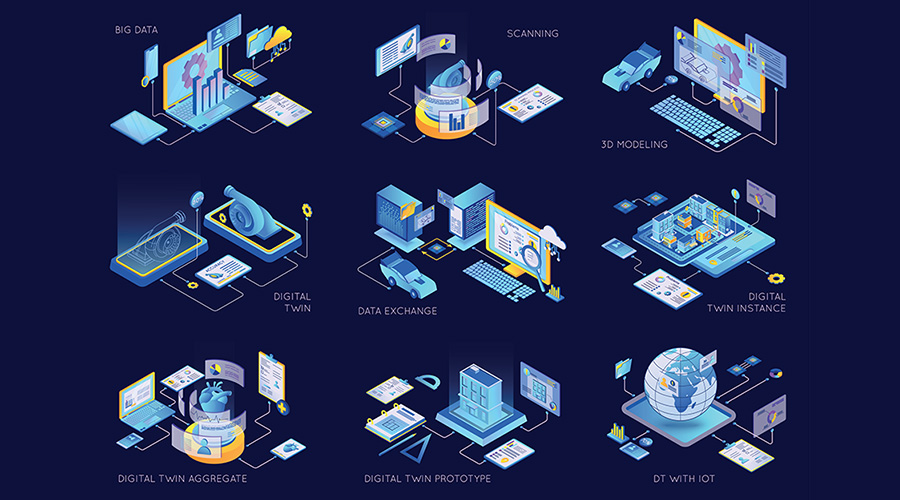Building Information Modeling, COBie Streamline Construction Process
Enter the construction operations building information exchange (COBie), an international standard for data collection and, more importantly, information exchange. The standard applies to data that populates BIM for construction projects. So as designers specify systems and equipment, they can provide design information, such as manufacturer, model number, and performance criteria. Contractors can add serial numbers, warranty information, maintenance procedures, and actual operating conditions. The manager then uses the data for ongoing maintenance.
In a BIM environment, the data exists within the model, which managers then can access and use for future design projects, system studies, and ongoing diagnostics.
Conveniently, the COBie standard can be used to populate CMMS and IWMS systems, assuming they are COBie-compliant. Managers can access the data using a spreadsheet or upload it into a program and view it through the program interface.
The move to a standard for data collection and using BIM to house data in a convenient format has obvious value, but resistance remains. Such a move can be costly and intensive, and it requires dedication.
One key point managers need to keep in mind in applying BIM is its long-term value. If the technology can improve maintenance and operations over its life cycle, streamline access to critical systems information, and provide a better means of diagnosing and assessing building performance, it is worth the effort.
Personally, I look forward to a time when it is standard practice to have information readily available in a common, easily accessible location. Historical and operational data are vital to understanding building performance.
Fortunately, with the wide use of collaborative software and cloud computing, communication between building systems is easier than ever. Managers already using BIM to integrate operations are well ahead of the curve. Those who are not should keep an eye on the developments in BIM and related technology. It might be just around the corner, and it might be worth the time and effort.
Agree? Disagree? Have something to say? We want to hear from you. Visit myfacilitiesnet.com/LaurieGilmer, and start a conversation.
Laurie Gilmer, P.E., CFM, SFP, LEED AP — is an associate with Facilities Engineering Associates and leads the firm's building energy management and sustainability services. She is a published author and most recently co-authored the International Facility Management Association's (IFMA) second manual in the Sustainability How-To-Guide Series, EPA's Energy Star Portfolio Manager.
Related Topics:













